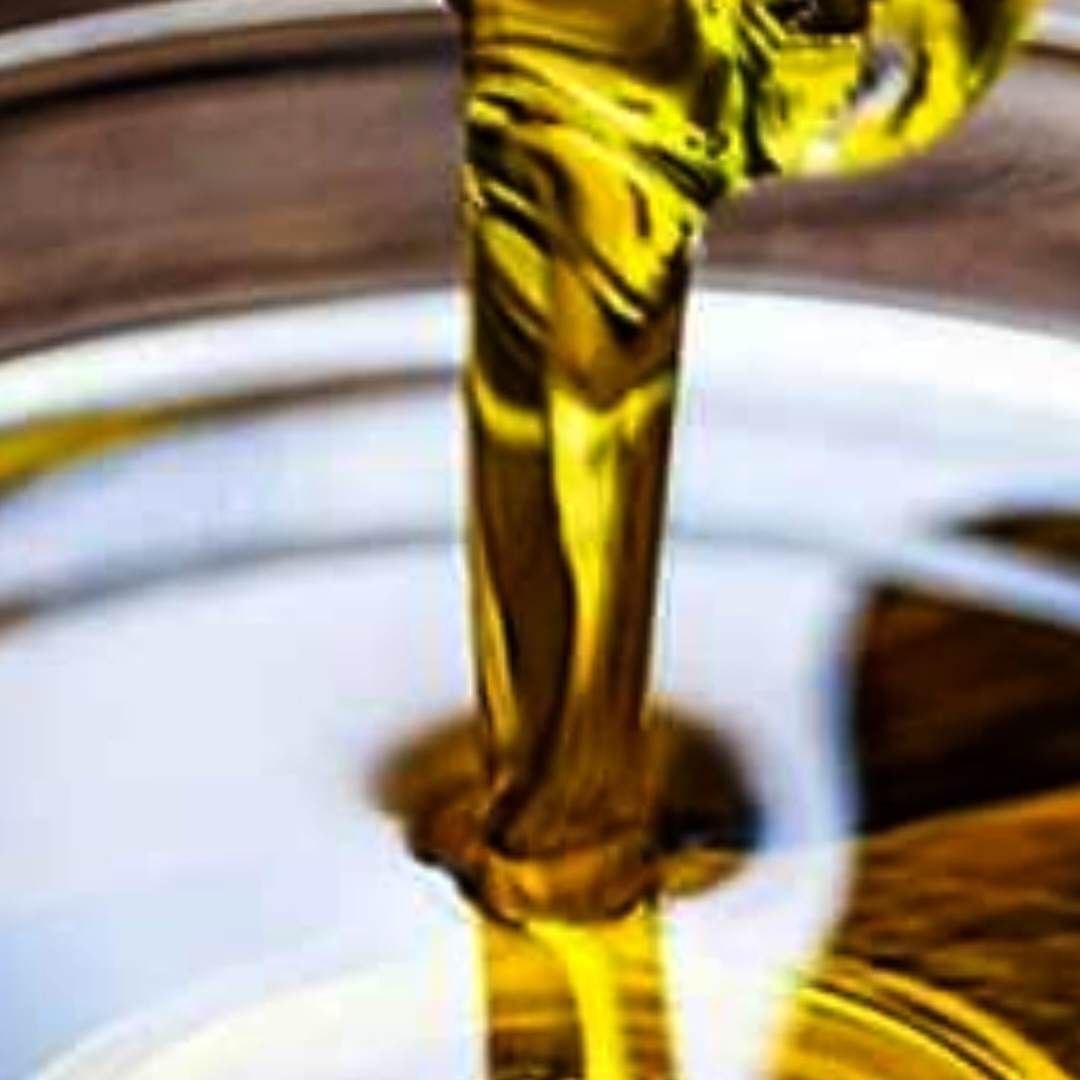Olive oil, especially extra virgin olive oil (EVOO), is renowned for its health benefits and rich flavor, but not all olive oils are created equal. Some are blended with cheaper oils, diluted, or chemically processed, reducing their quality and nutritional value. Recognizing high-quality olive oil can ensure you’re getting the best taste and health benefits. Here are several tips to help you identify whether your olive oil is truly of high quality:
1. Check the Label for ‘Extra Virgin’
- Extra Virgin Olive Oil (EVOO) is the highest quality olive oil, extracted using cold-pressing methods without chemicals or heat. It retains more nutrients and natural flavors.
- Look for the term ‘Extra Virgin’ on the label, which indicates the oil meets high standards for purity, low acidity (below 0.8%), and no defects in taste or smell.
2. Verify the Harvest Date
- High-quality olive oil should have a harvest date on the label. This tells you when the olives were picked and pressed. Olive oil is best consumed within 18 months of harvest for peak freshness.
- If there’s no harvest date or if it’s too old, it may indicate lower quality.
3. Look for Certification Seals
- Check if the olive oil bottle has certifications from trusted authorities like:
- DOP (Denominazione d’Origine Protetta) from Italy
- AOC (Appellation d’Origine Contrôlée) from France
- COOC (California Olive Oil Council) from the U.S.
- PDO (Protected Designation of Origin) from the European Union
- These certifications indicate that the oil is produced under strict quality controls and is authentic.
4. Check the Bottle Packaging
- Dark Glass Bottles: High-quality olive oil is typically packaged in dark green or opaque bottles to protect it from light, which can degrade the oil’s quality and lead to rancidity.
- Avoid clear bottles, as they allow light to penetrate and affect the oil’s freshness.
5. Check the Origin
- High-quality olive oil usually comes from specific regions known for producing premium olive oils, such as Italy, Greece, Spain, or California. Look for single-origin oils, which means the oil is from one place, ensuring consistency and quality.
- Avoid oils labeled as “blended” from multiple countries, which can indicate lower quality.
6. Taste and Smell the Olive Oil
High-quality olive oil has a distinct flavor and aroma. Here’s what to look for:
- Smell: Fresh olive oil should smell grassy, fruity, or herbaceous. If it smells rancid, musty, or like old oil, it’s not high quality.
- Taste: Good olive oil has a balanced flavor profile with notes of pepperiness, bitterness, and fruitiness. It should leave a slight peppery sensation in the back of your throat, which indicates freshness and the presence of antioxidants.
Red Flags:
- A greasy, buttery, or waxy mouthfeel indicates poor quality.
- If the oil tastes flat, overly mild, or bland, it may be past its prime or adulterated.
7. Look for Low Acidity
- High-quality EVOO has a low acidity level (below 0.8%). This is typically indicated on the label. Lower acidity reflects a higher quality oil because the olives were fresh and processed correctly.
8. Conduct a Fridge Test (Cautionary)
Some people suggest refrigerating olive oil as a test—if it becomes cloudy or solidifies, it’s high in monounsaturated fats (a marker of good quality). However, this test is not always reliable because some adulterated oils can still solidify.
9. Price Considerations
- While price alone is not always a definitive indicator, high-quality olive oil often costs more due to the careful process of harvesting and cold-pressing fresh olives. Be wary of unusually cheap olive oil, as it may be diluted or of lower quality.
10. Check for Sediment
- Unfiltered olive oil may have a slight sediment at the bottom of the bottle, which is natural and can indicate fresh, minimally processed oil. However, too much sediment can lead to spoilage over time.
Conclusion:
To recognize high-quality olive oil, look for ‘extra virgin’ labeling, a harvest date, certifications, and proper packaging. Trust your senses—taste and smell the oil for fruity, grassy notes and a peppery finish. By following these guidelines, you can ensure that you’re choosing a fresh, authentic, and nutritious olive oil that enhances your cooking and health.
